Natural stones are a beautiful addition to your home. Today, you see marble, travertine, limestone has become a popular choice for homeowners to make their spaces alluring. But what if you find any natural stone flooring deteriorating at a fast rate? That's a red flag.
In this blog, we will discuss useful tips about how to clean natural stone tiles without damage helping you maintain their durability and appearance.
How to Clean Natural Stone Tile
To clean your home without ruining stone tiles, you need to follow these tips:
Vacuum or Sweep Regularly
 Sweep and vacuum the natural stone tiles with a soft brush attachment. Only do it (once or twice a week) when you observe that the mud or dirt is dry so you can prevent it from spreading into the grout.
Sweep and vacuum the natural stone tiles with a soft brush attachment. Only do it (once or twice a week) when you observe that the mud or dirt is dry so you can prevent it from spreading into the grout.
The best thing about natural stones is: that they are forgiving. Due to natural details, fossils, and variation from tile to tile, these stones disguise the daily dirt easily.
Prefer Occasional Mopping

Following regular vacuuming and sweeping, we recommend mop occasionally by using a floor cleaner made for natural stone. Before mopping, ensure your floor is clear of any extra mud, dirt, or dust.
Don't go for excessive mopping because it wears away at the sealant and also causes grout to discolour over time.
Moreover, avoid using steam cleaners on natural stone like Nero Marquina or Thassos White as it will affect the longevity of the sealant.
Pro Tip: Combining mopping with sweeping ensures you get desirable results, especially for large surfaces.
Consider a pH-neutral Stone Cleaner
 Using harsh detergents such as Cif leave residues and harm natural stone eventually. What's the alternative? You can try pH-neutral products specifically designed for natural stone like rubbing alcohol instead of Vinegar that's an acidic cleaner.
Using harsh detergents such as Cif leave residues and harm natural stone eventually. What's the alternative? You can try pH-neutral products specifically designed for natural stone like rubbing alcohol instead of Vinegar that's an acidic cleaner.
They help you clean tiles effectively without dulling or damaging the surface. What you have to do is dilute it as instructed and then mop it (with a microfiber mop or soft mop).
Spot Clean Spillages As Soon As Possible
 You may protect natural stone against many day-to-day spills with sealant but it doesn't work with harsh chemicals or acidic spills.
You may protect natural stone against many day-to-day spills with sealant but it doesn't work with harsh chemicals or acidic spills.
For example, wine, orange juice, lemon, coffee and puppy accidents. We suggest you spot clean any spillages immediately. Using a cloth and warm water is the best option ensuring all traces of the spillage are removed and leave no mark.
Have a Power Clean Bottle Ready
Sealed natural stone is resistant to staining. Having a bottle of power cleaner ready is advisable to get optimal results. You can make use of this stone friendly cleaner neat on a stain.
Other than this, you can dilute it in warm water to clean your entire home floor and to remove unexpected stains.
Re-seal the Tiles When Needed
Consider sealant upon installation as it works as a protective barrier against water and stains. For indoor spaces like the ground floor, hallways, or kitchen, reseal the tiles every 4-6 years.
However, for areas with high moisture levels like the bathroom, you may need it more often. As it's a piece of cake, you can do it yourself.
Pro Tip: Do a water test to know whether your floor needs resealing. If the water soaked straight into the tiles, it indicates that your natural stone floor needs resealing.
Use a Steam Mop Cautiously
It's true that steam mops are very helpful in lifting dirt and killing bacteria but don't forget to use them cautiously. The reason is that excessive heat and moisture can damage certain surfaces or grout on natural stones.
So how to clean grout on natural stone tile? Steam mopping is good if you check whether steam is safe for your specific type by inspecting the stone's manufacturer or installer.
Cleaning Different Surfaces

Here are some specific instructions to clean different surfaces of your natural stone floor tiles in the table below:
|
Surfaces |
What to Use |
What to Avoid |
|
Countertop |
|
|
|
Floor |
|
|
|
Bath and Other Wet Areas |
|
|
|
Outdoor Pool and Patio |
|
|
|
Exterior Side of Stone |
|
Common Mistakes to Avoid While Cleaning
 Let's have a look at common mistakes homeowners make when cleaning natural stone:
Let's have a look at common mistakes homeowners make when cleaning natural stone:
- Using the wrong cleaning agents i.e acidic commercial cleaners and those containing harsh chemicals (bleach) on Calacatta Gold, Ivory or Onyx surfaces.
- Tools such as abrasive sponges, brushes, and scouring pads can scratch or otherwise damage softer stones.
- Mixing bleach and ammonia; this combination creates a toxic and lethal gas.
- Neglecting cleaning for too long.
- Using vacuum cleaners that are worn.
- Delay in cleaning up spills.
Do you know? The easiest to clean natural stone is Granite because it's resistant to heat, stains, and scratches. However, marble is the most difficult stain to clean as it's more prone to visible stains and etching.
Tips for Stain Removal to Prevent Damage

Spills happen but don't worry — act fast. Follow these general guidelines while removing stains on the natural stone tiles.
Steps You Can Take for Any Kind of Natural Stone Surface:
- First of all, remove any loose debris.
- Now wipe the area to spread the spill (wine, fruit juice, coffee, tea, or oily food items).
- Utilize plain water and mild soap to flush the area and rinse several times.
- Then get a soft cloth to dry the area. You can let the air circulation come into the room for quick drying.
- Repeat until it's done.
Solutions to Specific Problems:

Are you worried about how to clean stone tile floors naturally if they have specific problems? It's no issue! We recommend productive solutions.
Oil-based stains
- Example: Grease, cooking oil tar, food stains etc
- Solution: Scouring powder with bleach, household detergent
Organic Stains
- Example: Paper, tea, coffee, fruit, bark and leaf litter, etc
- Solution: Hydrogen Peroxide with a few drops of ammonia
Biological Stains
- Example: algae, moss fungi, mildew
- Solution: Dilute ammonia or Bleach
Iron Stains Inorganic Metal Stains
- Example: Iron, rust, copper, bronze
- Solution: Oxalic Acid
Ink Stains
- For Light Colored Marbles: Bleach or Hydrogen Peroxide
- For Dark Marbles: Lacquer Thinner or Acetone or Methyl Chloride
Scratches
- Re-polish, Re-hone, super fine sandpaper
Paint Stain
- Solution: Lacquer thinner
- Warning: Experts don't
recommend the usage of acids or flame tools.
When to Consult a Professional

If the stain persists or the stone has deep scratches or etching, it may be best to consult a stone care professional. These specialists lend a helping hand by providing expert restoration services to bring back the natural beauty of the stone.
Natural stone is celebrated for its classic beauty and tactile appeal, imparting a unique elegance to your floor. But it's important to follow care guidelines when cleaning Dolomite, Haisa Light or Travertine (Philadelphia).
Refer to the specific care instructions or contact with our expert to get personalized advice on tile care if you're unsure about cleaning methods.
 By offering customized services, we at MOSAICENTER keep your floor looking fresh and well-maintained.
By offering customized services, we at MOSAICENTER keep your floor looking fresh and well-maintained.
FAQ's
What is the Best Way to Clean Natural Stone Tile?
The best way to clean natural stone floor tiles is to start by vacuuming, then mopping with the cloth. After that rinse it and must avoid harsh chemicals.
Can You Use Dawn to Clean Natural Stone?
Yes, using a pH-neutral cleaner, like Dawn, prevents the risk upsetting balance of neutral pH. It has effective properties making it a champion in caring for delicate surfaces like marble.
Can You Use Baking Soda and Vinegar on Natural Stone?
No, we don't recommend using baking soda or vinegar because it does not work well with the natural stone countertops. They cause discoloration and stains.
What Does Vinegar Do to Stone Tile?
Products like vinegar corrode the stone and cause etching and dulling.


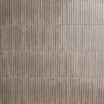
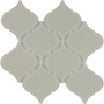

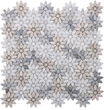
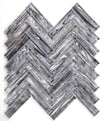
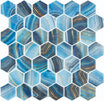
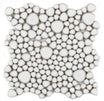
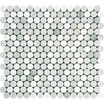

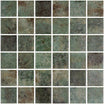

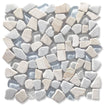
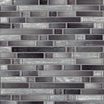

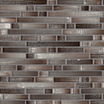





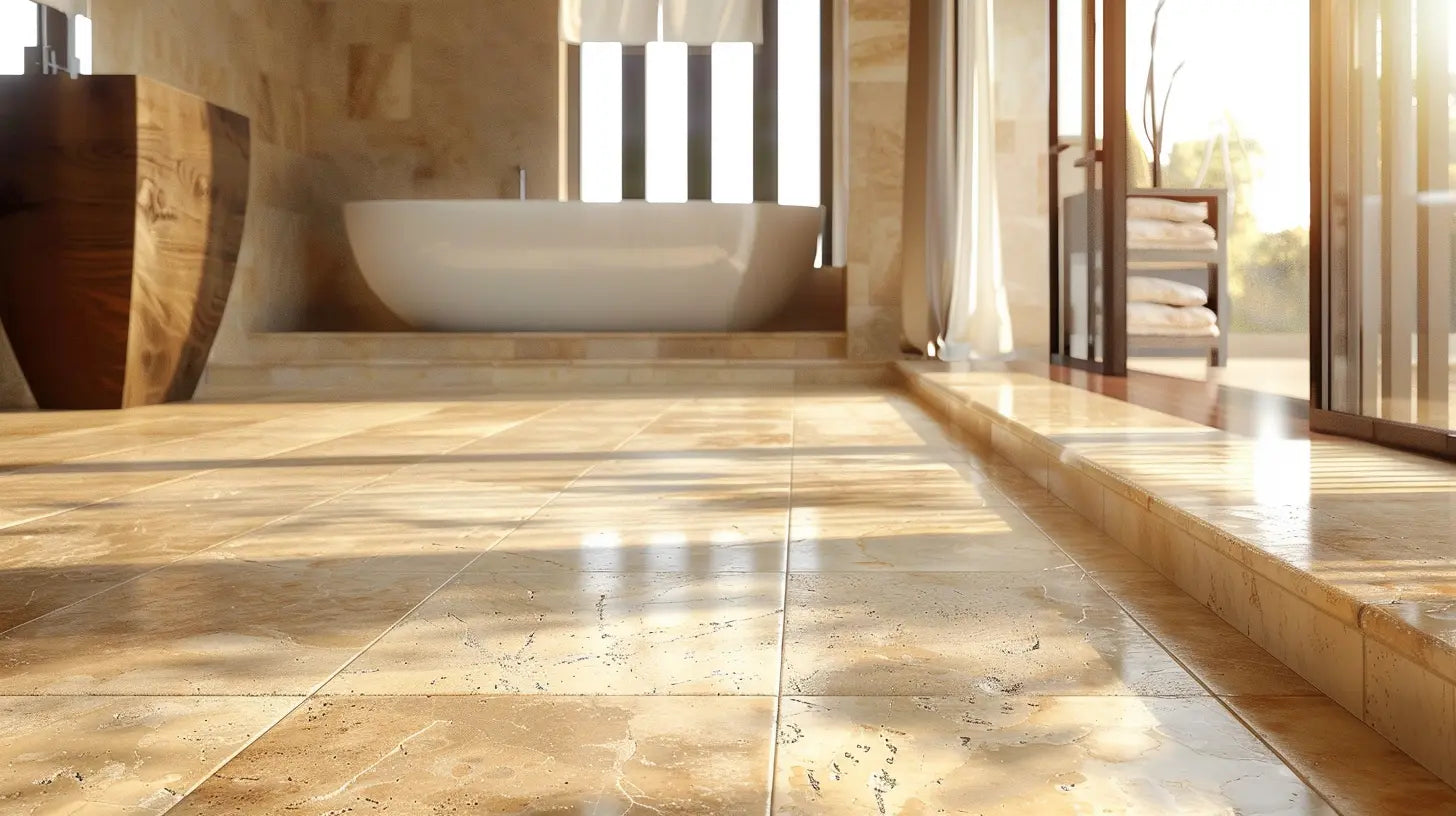
Leave a comment
This site is protected by hCaptcha and the hCaptcha Privacy Policy and Terms of Service apply.